Frequently Asked Questions
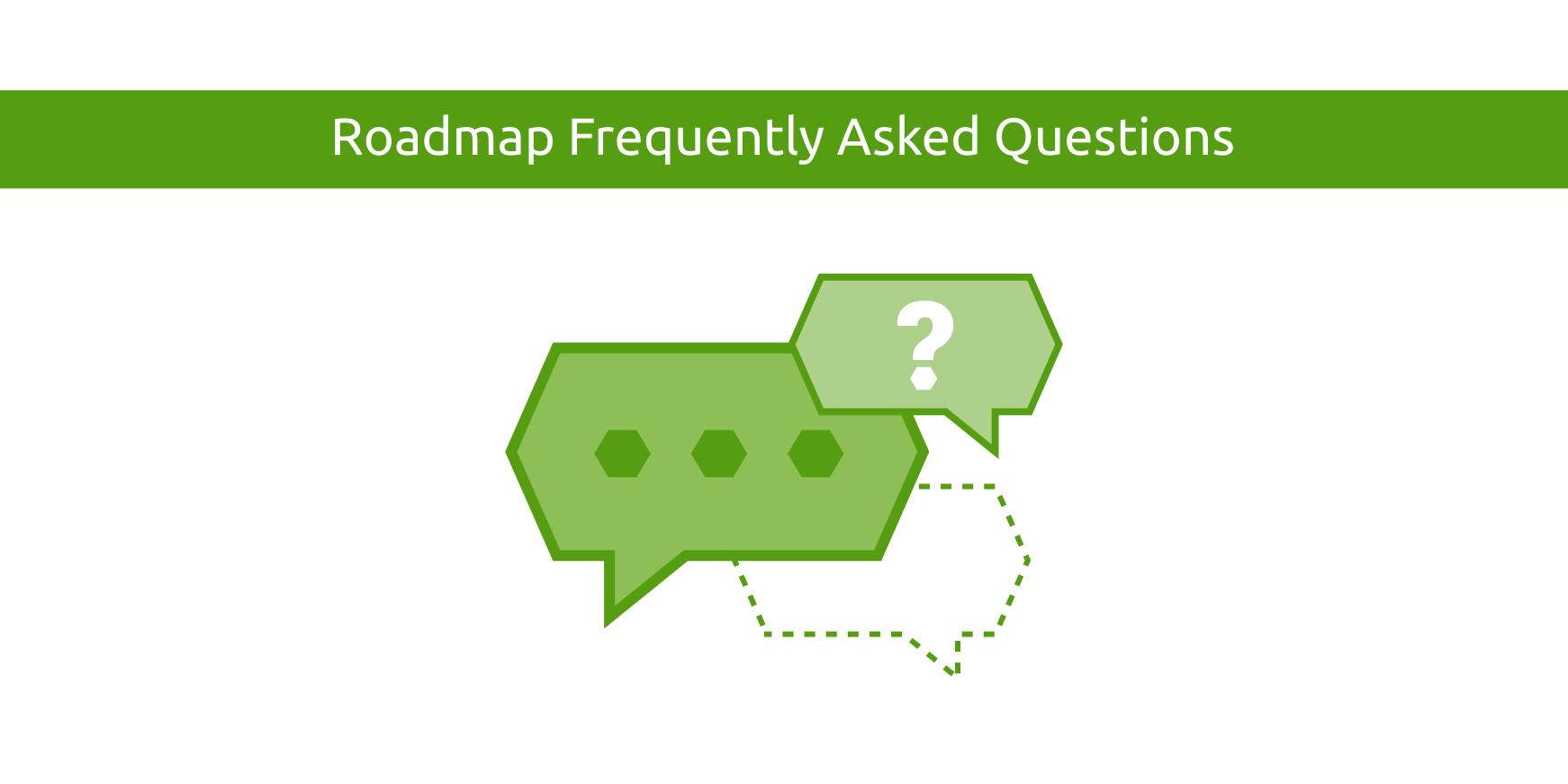
Here are the most common questions about this roadmap. It's highly recommended that you read this page before starting with the roadmap.
Is this roadmap free?
Yes! This roadmap is licensed under the open-source license Creative Commons Attribution-ShareAlike 4.0. All extra reading resources referenced in the roadmap are publicly accessible.
Yet, given that no size fits all, the extra reading resources are considered the best from the author's point of view. You are free to use any resources suitable for you (e.g., content in your language). You can also use this roadmap with a local mentor or a senior friend.
Is this a course?
No, it's a roadmap! It guides you on a high level following a Guided Learning model, which is learner-centric. It supports the learner's journey towards understanding the DevOps problems and hands-on application without spoon-feeding. That works best in pairing with other learners or a mentor (you could make it without a mentor if you can stick to the plan, but it's still not recommended as the outcome usually has many flaws).
The roadmap references some resources to start with, but you are free to learn about each topic mentioned using other external resources (such as a book, a self-paced course, or an instructor).
You could still use the roadmap in a course or a bootcamp mode when combined with resources and guidance from an experienced mentor.
Is there a community for this roadmap?
Yes, you can subscribe to the community activities, which include mentorship, online meetings, workshops, career tips and tricks, and more. Also, for interactive communication there is a Telegram group.
Is this roadmap for DevOps Engineers only?
This roadmap focuses on the DevOps and DevSecOps careers and provides at least 80% of the base for other XOps careers, such as DataOps, MLOps, AIOps, etc.
It's also helpful for other engineers, such as frontend, backend, QA, etc., to learn about DevOps methodologies and use them in daily tasks.
What is the problem this roadmap is trying to solve?
It's simple: Why is it so hard to start a DevOps career nowadays?
The Problem
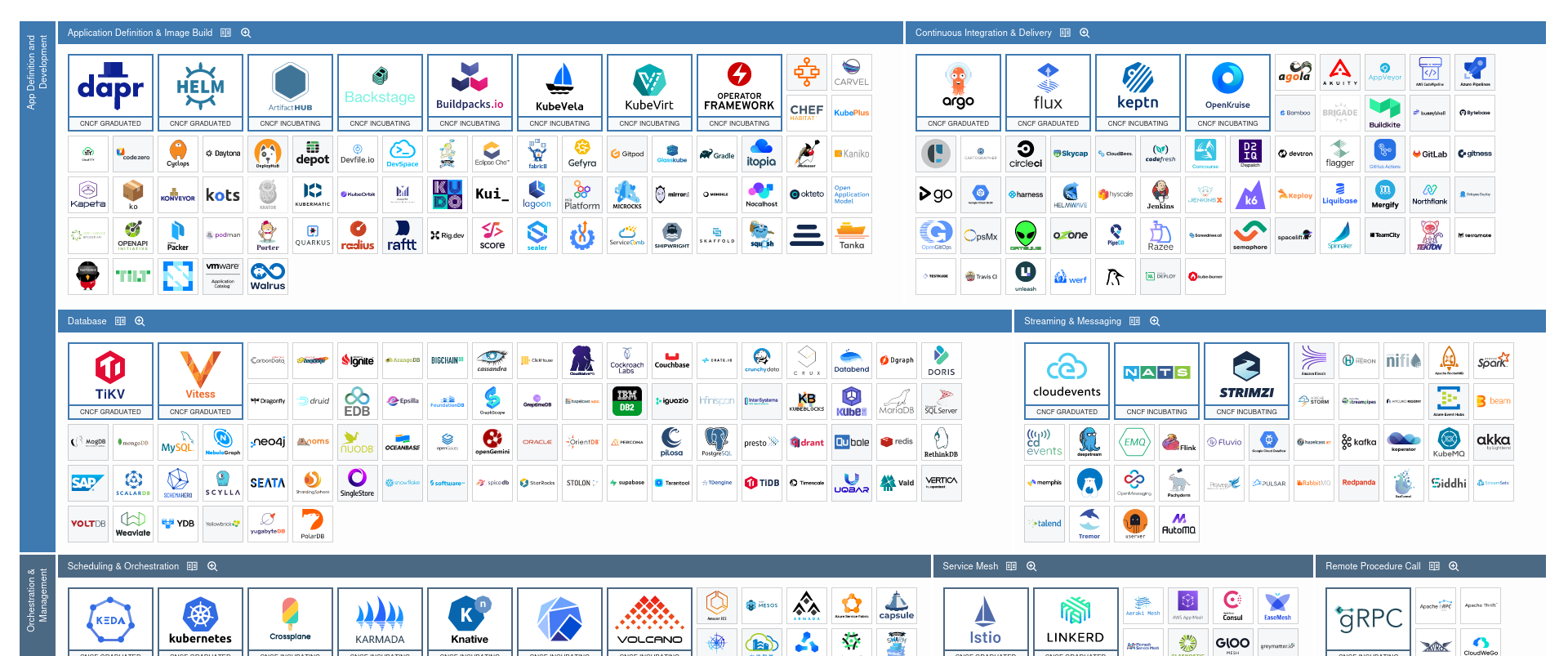
A subset of the Cloud Native landscape (check the full CNCF landscape)
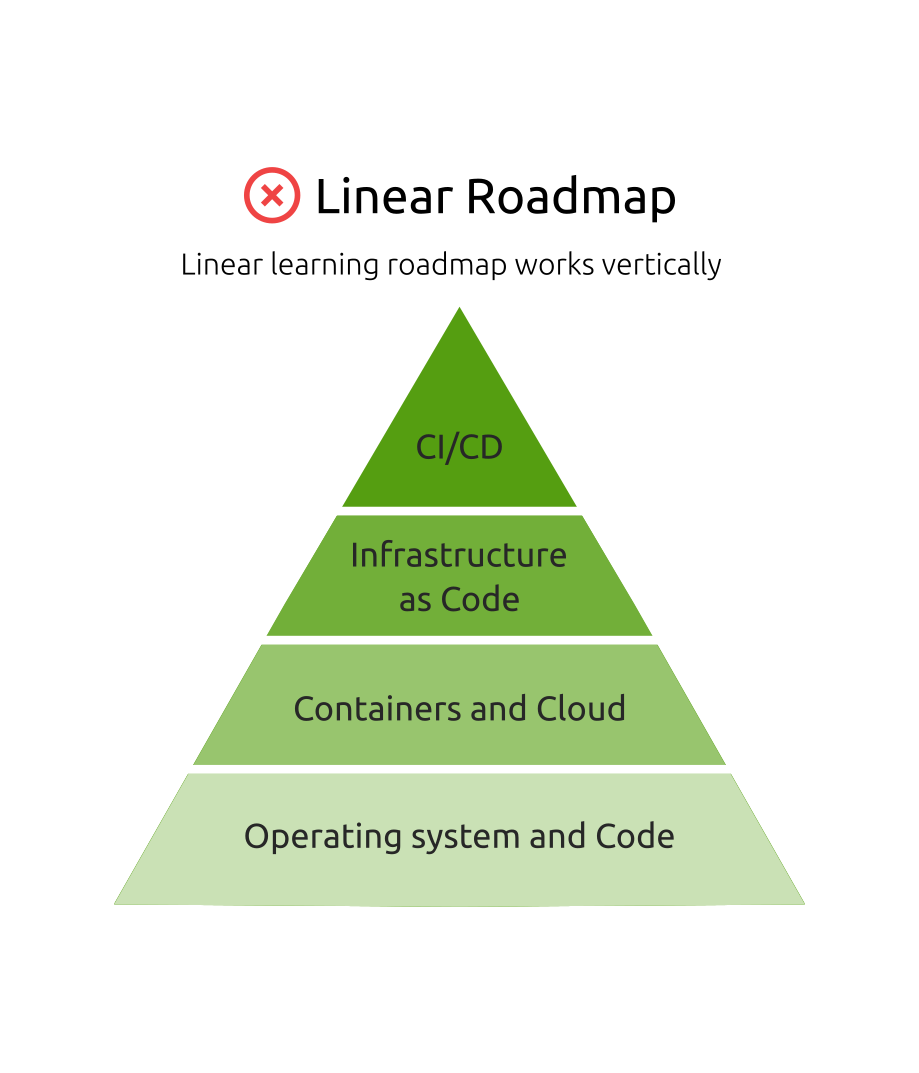
The DevOps Engineer role remains among the top 10 most in-demand jobs across all industries (not just the tech field!). However, starting that role is super challenging because the DevOps model has various patterns and topologies. Also, the Cloud Native landscape keeps expanding; there is something new every day!
Simply, you cannot start a DevOps position by merely learning the tools! It's even more complicated if that's your first job without previous software industry experience (coming from either Dev or Ops).
For that reason, almost every day, I see people struggling on their way to start as fresh/junior DevOps engineers or even progress in their early career years in general. They usually follow some linear roadmap like roadmap.sh/devops. But still, they cannot land their first job or struggle a lot when they find one! And sadly, many of them eventually give up!
For more details about the problem aspects, please read: Your DevOps learning roadmap is broken!
The Solution
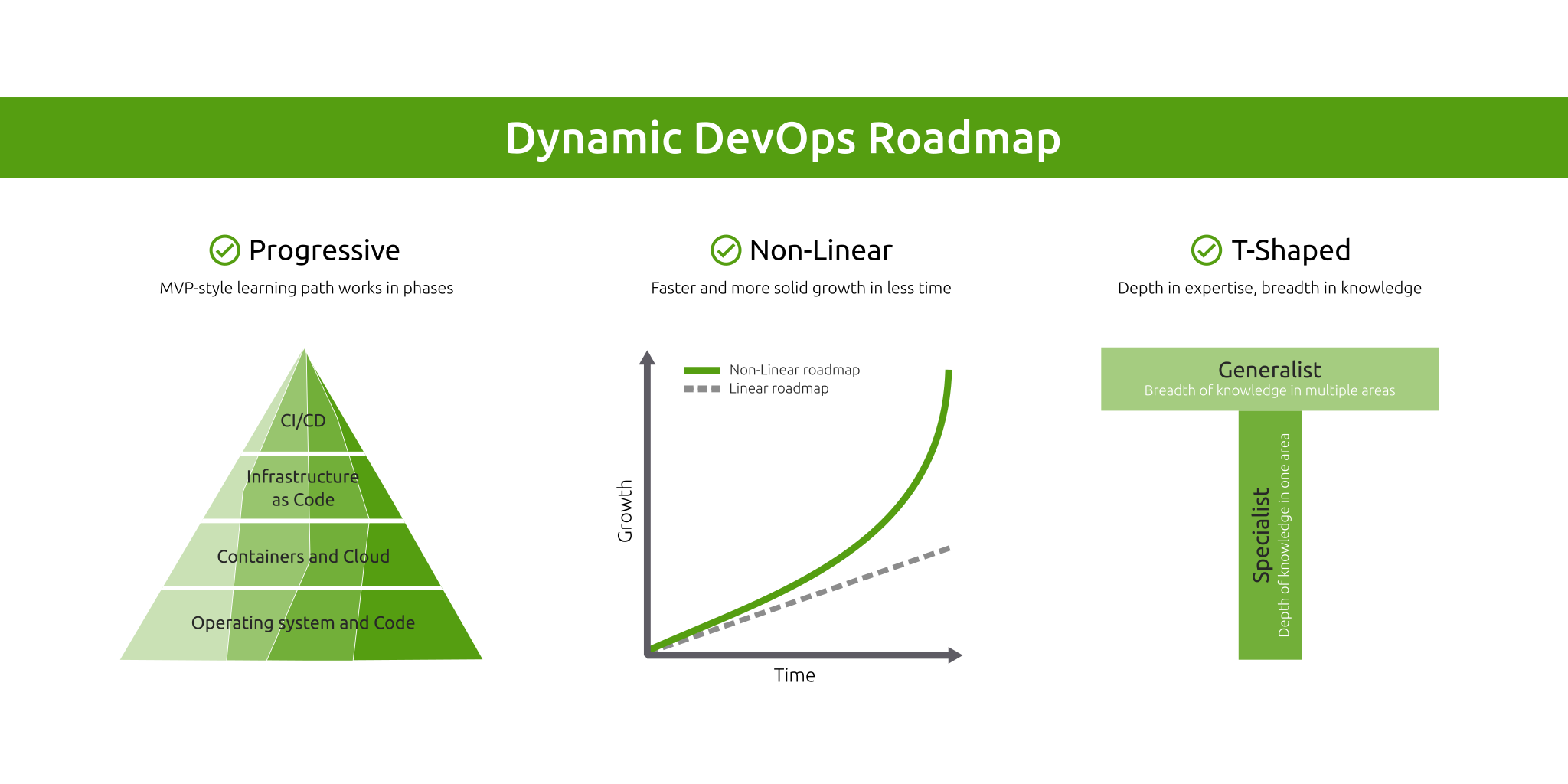
Based on years of experience mentoring people in different stages (starting their first job, career shift, moving to another work style or company), using a dynamic MVP-style roadmap with hands-on projects designed by an experienced DevOps engineer has been highly successful.
Unlike many other roadmaps, this roadmap is effective, impactful, and most importantly feasible because it takes a different approach following 3 principles:
Progressive: Real-world experience that matches the job market using an MVP-style learning path works in phases. Acquire skills that employers value.Non-Linear: Landing jobs faster and more solid growth in less time than traditional methods. Get ahead of your peers with better strategies.T-Shaped: Gaining depth of expertise and breadth of knowledge. Get into jobs like DevOps, DevSecOps, Cloud, SRE, Platform, DataOps, MLOps, and more.
That means first, understanding the problem instead of just learning a bunch of tools and then using an iterative style, each iteration will cover most DevOps areas used in the job to build a T-shaped skills profile from day one! It's also essential to set the targeted market and organizations because, with different DevOps topologies, the DevOps engineer role requirements vary a lot.
What is the approach used in this roadmap?
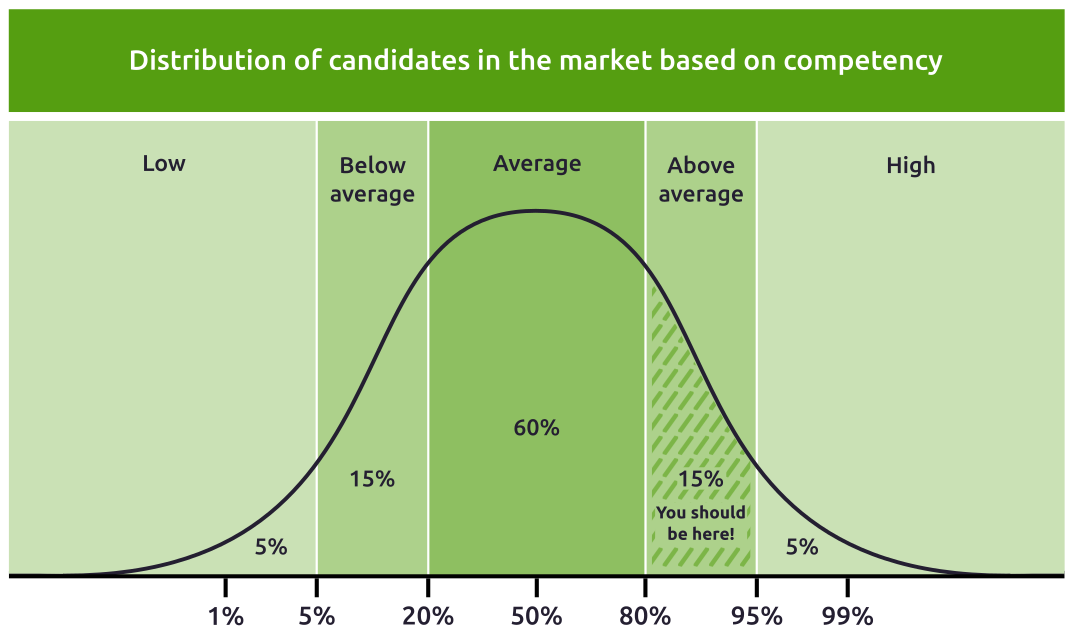
The roadmap aims to make you at least better than 80% of candidates at your level in the market.
This roadmap is very pragmatic! It follows the same ideas of a Minimum Viable Product (MVP). That means you will create a working solution from module one and iterate over it to build a hands-on industry-grad project (exactly like in the real world, you cannot tell your company to wait three months before you create a proper solution ... you learn as you go).
Another point: the roadmap doesn't aim to cover everything in the market. If it's well followed, the roadmap will make you a good fit for 80-95% of the jobs in the market, and for those jobs, you will be better than 80-95% of the candidates, that will significantly increase your chances of getting a job as a DevOps Engineer.
Why not 100%? As the roadmap takes a pragmatic approach, the last 20% varies a lot between people, environments, and companies. So, it will increase the go-to-market time, increasing the chances of failure!
Who is the target audience for this roadmap?
This roadmap is designed for a wide range of audiences, but each requires different efforts and risks. The risk here is archiving the final goal, finishing the roadmap, and being a qualified DevOps Engineer.
Low risk means it's more likely the learner will reach the goal, and high risk means it's less likely the learner will reach the goal (the time here is a significant factor in this formula. As the time increases, there are more chances that the learner will divert from the goal).
Audience groups:
- Group A (Low effort, no risk): A DevOps engineer who wants to refresh their mind and ensure they are aware of essentials and best practices in the Cloud-Native area.
- Group B (Medium effort, low risk): A Dev or Ops engineer who wants to make a career shift and become a DevOps engineer.
- Group C (Medium effort, medium risk): A technical-related engineer who wants to make a career shift and become a DevOps engineer (the risk depends on how involved the engineer is in the Software Development Life Cycle).
- Group D (High effort, high risk): A fresh graduate who wants to approach a DevOps career as a first job (If you are not a person who sticks to long-term plans, it's recommended to start the roadmap with a mentor or at least with a learning group).
- Group E (High effort, extra high risk): A person from a non-technical background approaches a DevOps career as a first job (If you are not a person who sticks to long-term plans, it's recommended to start the roadmap with a mentor or at least with a learning group. Also alternatively, begin first as a Dev or Ops for 2-3 years, then switch to DevOps).
What is the expected timeline to finish this roadmap?
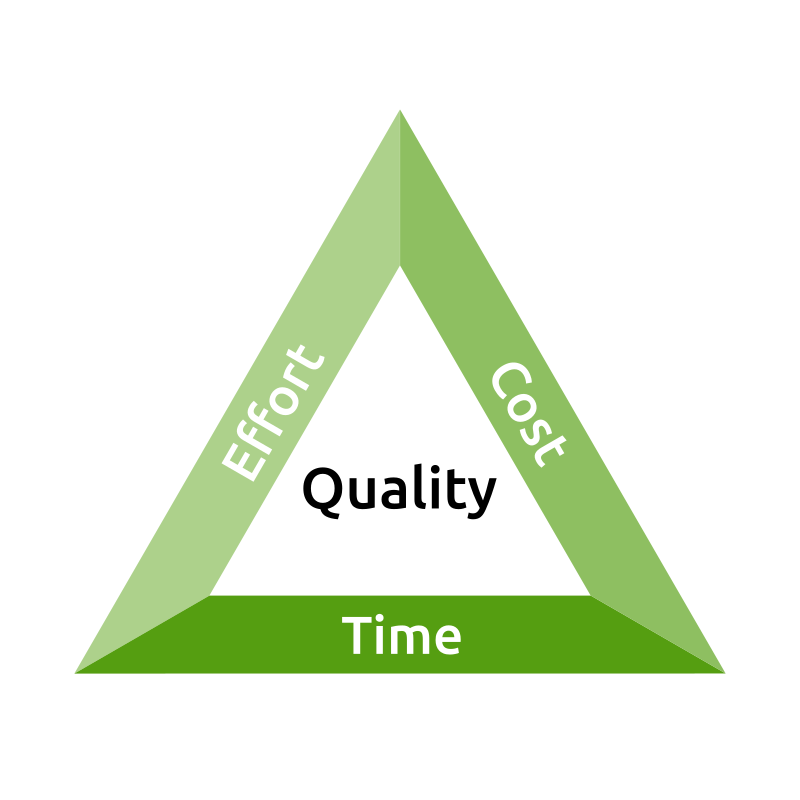
It totally depends on your background, available time, and the audience group you are in, whether you are doing it alone, with a learning group, or with a mentor.
Basically, like many things in life, the outcome follows the Golden Triangle rule; there are three factors: Time, Effort, and Cost ... pick two!
- To save time: Focus on
effortandcost(e.g., use the roadmap in an intensive bootcamp with a mentor). - To save effort: Focus on
timeandcost(e.g., use the roadmap in a course mode with a mentor). - To save cost: Focus on
timeandeffort(e.g., use the roadmap in a self-learning mode with or without a learning group).
Roughly, the timeline is the following:
- Group A (Low effort, no risk): 1-2 months.
- Group B (Medium effort, low risk): 3-4 months.
- Group C (Medium effort, medium risk): 3-5 months.
- Group D (High effort, high risk): 4-6 months.
- Group E (High effort, extra high risk): 4-9 months.
Why is it not recommended to start this roadmap alone?
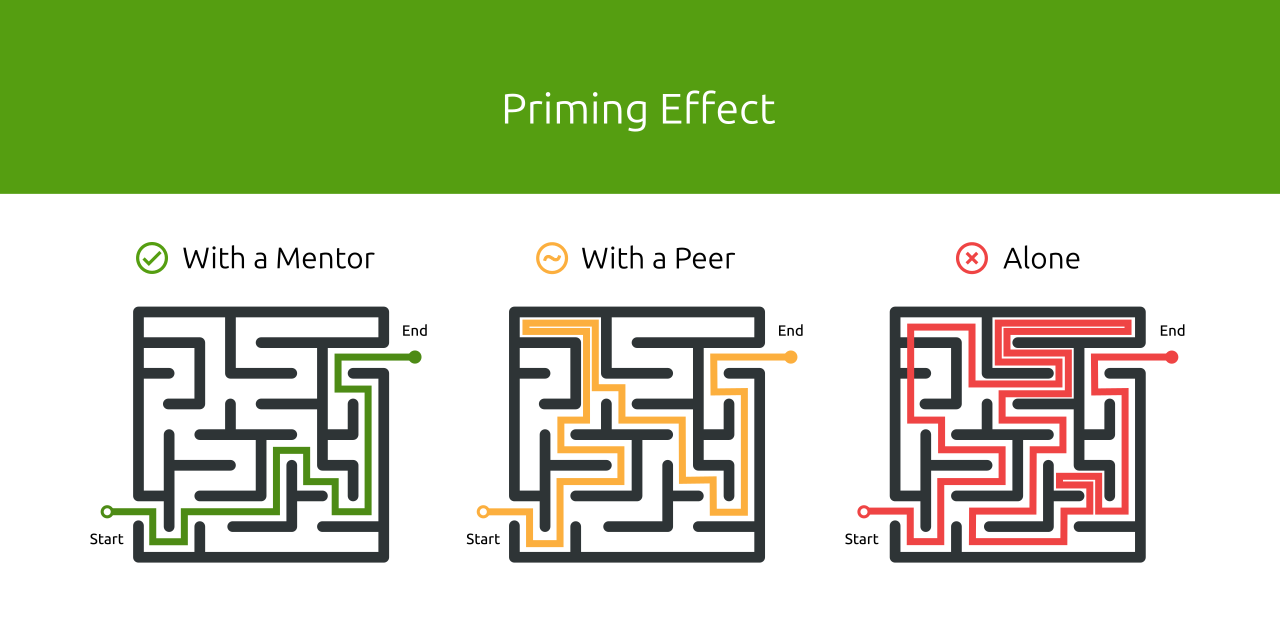
Working with a mentor or a peer (even on the same level) can influence the learning process and achieve better results.
As mentioned above, this roadmap follows the Guided Learning model, which works best in a group, either as a mentor-mentee group or a peer group. Without that, many communication skills needed for the DevOps role will be lost!

If you cannot get a paid mentor, try to get a community mentor like your tech local community or ADPList. If you can't get any mentor at all, try to start group learning, or even find one peer who wants to start a DevOps career because "The whole is greater than the sum of its parts." If you can't find anyone at all, then do it alone, but that should be the last resort.
Why? Because you will probably waste a lot of time and end up with Ducklephant, not a Duck, not an Elephant! The final outcome will be unfunctional and doesn't fit the market.